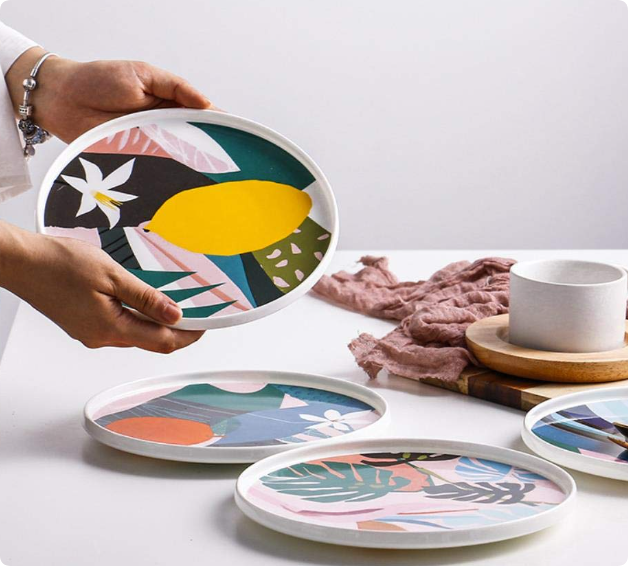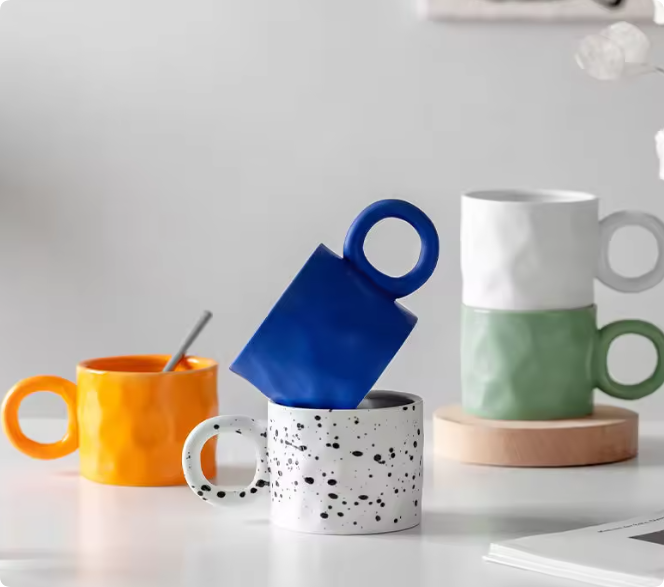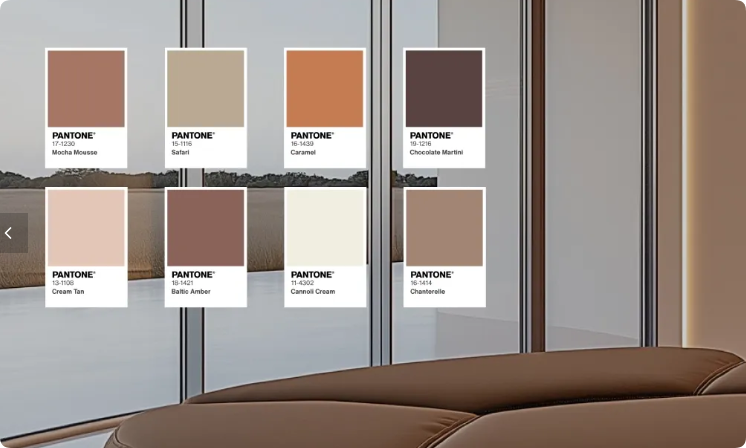In today’s fast-evolving dining culture, dinnerware plays a pivotal role not only in practical use but also in setting aesthetic and functional standards. Whether it’s for homes, restaurants, or luxury dining setups, the latest dinnerware trends have significant influence. This article delves into the trending dinnerware designs, materials, and patterns that are captivating the market in 2025. Designed for B2B buyers, this guide will assist in making informed procurement decisions.
Understanding Dinnerware Trends: Why They Matter
Dinnerware trends evolve based on consumer preferences, social movements, and design innovations. They are not only about aesthetic preferences but also reflect functional requirements, sustainability initiatives, and cultural influences.
Key Influencing Factors:
- Sustainability: The shift towards eco-friendly materials is driving demand for sustainable dinnerware options like bamboo, recycled glass, and compostable plates.
- Cultural Fusion: Globalization has introduced diverse cultural aesthetics, blending traditional and modern designs.
- Minimalism and Maximalism: While some consumers lean toward simplicity with clean lines and muted tones, others are embracing bold, maximalist patterns.
Top Dinnerware Trends in 2025
1. Eco-Friendly Materials
Sustainability continues to dominate, with businesses increasingly opting for materials that minimize environmental impact. Compostable dinnerware, bamboo plates, and recycled glassware are making waves. Consumers are drawn to products that are both chic and green, making it a profitable category for businesses.
2. Neutral Tones with Organic Shapes
Natural and neutral colors, including beige, off-white, and earth tones, remain popular. Complementing this trend are organic shapes—plates and bowls that are asymmetrical but pleasing to the eye, mimicking natural formations.

3. Textured Surfaces
Dinnerware with embossed patterns or uneven textures adds tactile interest. These designs often pair well with minimalistic decor while offering a unique dining experience.
4. Bold Prints and Artistic Patterns
On the opposite end of the spectrum, bold prints and vivid colors are making a statement. This trend works well for high-energy dining establishments or events looking to infuse personality and vibrancy into their table settings.

5. Mix-and-Match Dinnerware
Gone are the days when uniformity was king. Mixing different patterns, shapes, and colors in a single table setting is now a celebrated trend. It allows for creativity and personalization.
Comparison of Popular Dinnerware Materials
To assist buyers in making informed decisions, the table below highlights the pros and cons of the most popular dinnerware materials in 2025:
| Material | Advantages | Disadvantages | Best For |
|---|---|---|---|
| Ceramic | Durable, affordable, versatile designs | Can chip or crack under high impact | Homes, restaurants |
| Porcelain | Elegant, lightweight, heat-resistant | Higher cost, can be fragile | Fine dining, luxury settings |
| Glass | Sleek, non-porous, dishwasher-safe | Prone to breakage, requires careful use | Formal events, casual dining |
| Bamboo | Eco-friendly, lightweight, compostable | Not microwave-safe, limited durability | Eco-conscious setups |
| Melamine | Shatter-resistant, vibrant designs | Not heat-resistant, may discolor over time | Outdoor events, casual dining |
Case Studies: Success Stories in Dinnerware Adoption
- Sustainable Revolution in Restaurants
A Michelin-starred restaurant in New York switched to bamboo and recycled glass dinnerware, reducing their environmental footprint by 40%. This change not only aligned with their values but also attracted eco-conscious diners. - Bold Patterns for Boutique Cafes
A small café in Paris adopted maximalist, hand-painted porcelain plates. The unique dinnerware became an Instagram favorite, boosting their online presence and foot traffic by 25%.

Customer Reviews and Market Trends
Feedback from both end-users and businesses reveals that the choice of dinnerware impacts customer satisfaction and brand perception. A survey of 1,000 restaurant diners indicated:

- 78% noticed and appreciated unique dinnerware.
- 65% said eco-friendly options enhanced their dining experience.
- 58% preferred dining establishments that used aesthetically pleasing tableware.
2025 Trends in Perspective
The dinnerware market in 2025 is a dynamic interplay of sustainability, creativity, and functionality. Buyers should consider:
- Customer Demographics: Catering to environmentally conscious millennials and Gen Z may require sustainable and innovative designs.
- Use Case: Formal events demand elegance, while casual settings can afford bold experimentation.
- Durability and Cost: Balancing quality with budget is crucial for long-term success.
Mocha Brown: The Trending Color for Ceramic Dinnerware in 2025
As we step into 2025, one of the most captivating trends in the world of ceramic dinnerware is the rise of Mocha Brown as a dominant color. Recognized as one of the standout shades in Pantone’s color palette for the year, Mocha Brown is more than just a color—it’s a statement. Its rich, earthy tone embodies warmth, sophistication, and a connection to nature, making it a versatile choice for both casual and formal dining experiences.
This article explores the significance of Mocha Brown in the ceramic dinnerware industry, its design implications, and why businesses and consumers alike are embracing this trend.

Why Mocha Brown?
1. A Connection to Nature
Mocha Brown reflects the ongoing trend toward grounding, natural aesthetics in home and hospitality design. Its earthy hue creates a sense of calm and comfort, resonating with consumers’ desire to bring organic elements into their spaces. As sustainability and eco-consciousness continue to drive purchasing decisions, colors like Mocha Brown that mimic natural materials—wood, soil, and stone—are particularly appealing.
2. Versatility in Design
One of the reasons Mocha Brown is gaining traction is its incredible versatility. The color pairs beautifully with both warm and cool tones, making it suitable for diverse table settings. For instance:
- Warm tones: Pairing Mocha Brown with terracotta, gold, or beige creates a cozy, rustic aesthetic.
- Cool tones: When combined with slate gray, navy, or soft blue, Mocha Brown exudes modern elegance.
3. Timeless Sophistication
Unlike fleeting trends that quickly fade, Mocha Brown offers a timeless appeal. It can transition seamlessly between seasons and occasions, making it a practical investment for both individual consumers and businesses in the food service industry.
Conclusion
Investing in trending dinnerware is not just a matter of aesthetics but also a strategic move to stay relevant in the market. By understanding and leveraging the latest trends, businesses can enhance their appeal, improve customer satisfaction, and foster brand loyalty. For 2025, the mantra is clear: innovate, sustain, and captivate.

